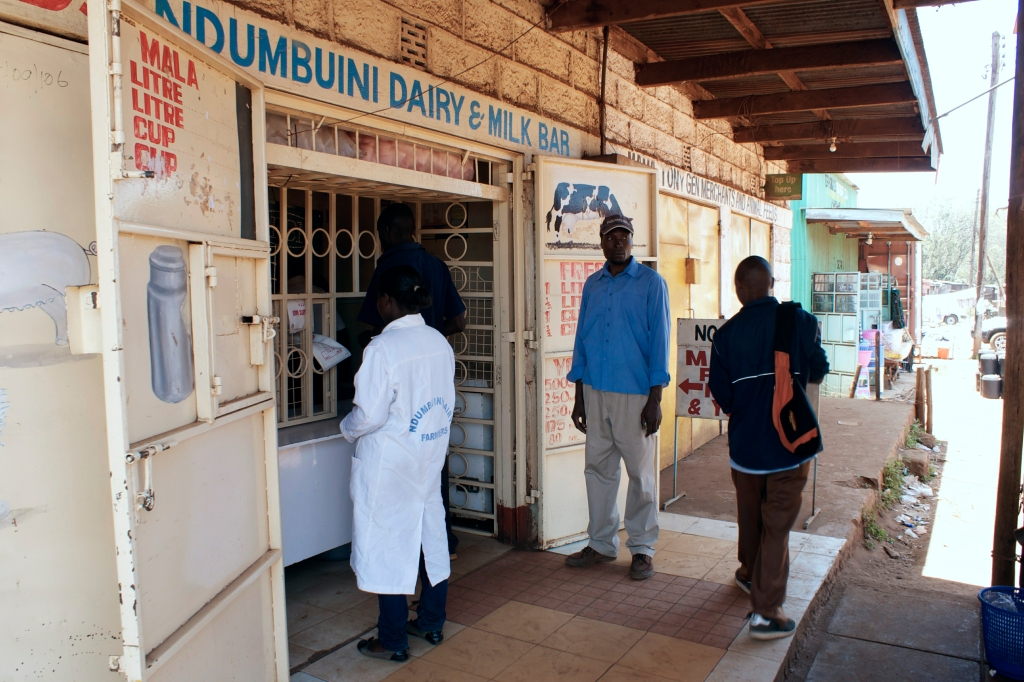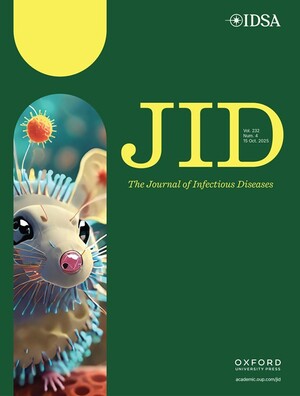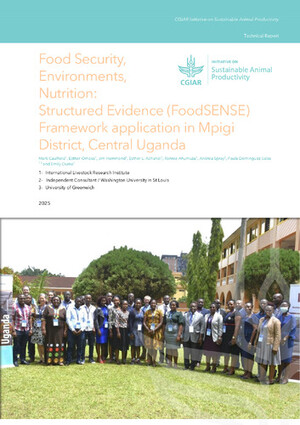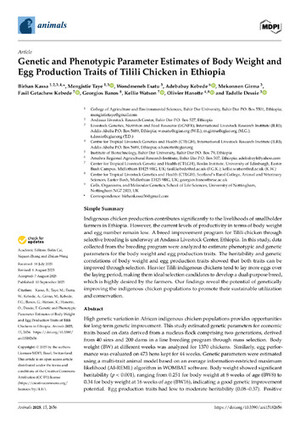
Study on milk purchase and consumption in low-income households in Kenya highlights the importance of the informal dairy sector
Favourable policies that promote the availability and affordability of milk sold by informal markets can help to increase milk consumption and boost the nutrition of children in low-income households in Kenya, a new study reports.
The study, published in Frontiers in Sustainable Food Systems (Feb 2023), identified the patterns of household milk purchase and consumption in peri-urban low-income households in Dagoretti, Nairobi, with emphasis on young children and milk bought from informal markets.
The study also sought to estimate the key determinants of dairy purchase and consumption patterns to identify areas of leverage to increase household milk consumption.
Milk plays an important role in the growth and development of children. In Kenya, it is one of the most widely produced and consumed animal food products but often consumed in small amounts among children of low-income families.
The study found that 98% of the sampled households purchased unprocessed fresh milk at least once during the seven days prior to the survey, while only 17% bought packaged pasteurised milk.
The amount of unpackaged milk purchased by households was positively and significantly related to household income, the number of children below the age of four years, and the budget for animal food products.
Analysis of milk consumption patterns by children under four years of age revealed that milk and dairy products were more commonly consumed as part of dishes than as individual products.
Although informal markets were found to play a key role in meeting the milk needs of children, consumption of milk was below recommended levels.
Because of the association of income and milk intake, the authors of the study call for the government to support the dairy sector with policies that promote the availability and affordability of milk.
This is especially so for the informal dairy sector that the majority of Kenyan low-income families rely on to meet their dietary and nutritional needs.
Citation
Muunda, E., Mtimet, N., Bett, E., Wanyoike, F. and Alonso, S. 2023. Milk purchase and consumption patterns in peri-urban low-income households in Kenya. Frontiers in Sustainable Food Systems 7: 1084067.
Photo credit: Customers at a milk bar in Ndumbuini in Kabete, Nairobi (ILRI/Paul Karaimu)




















